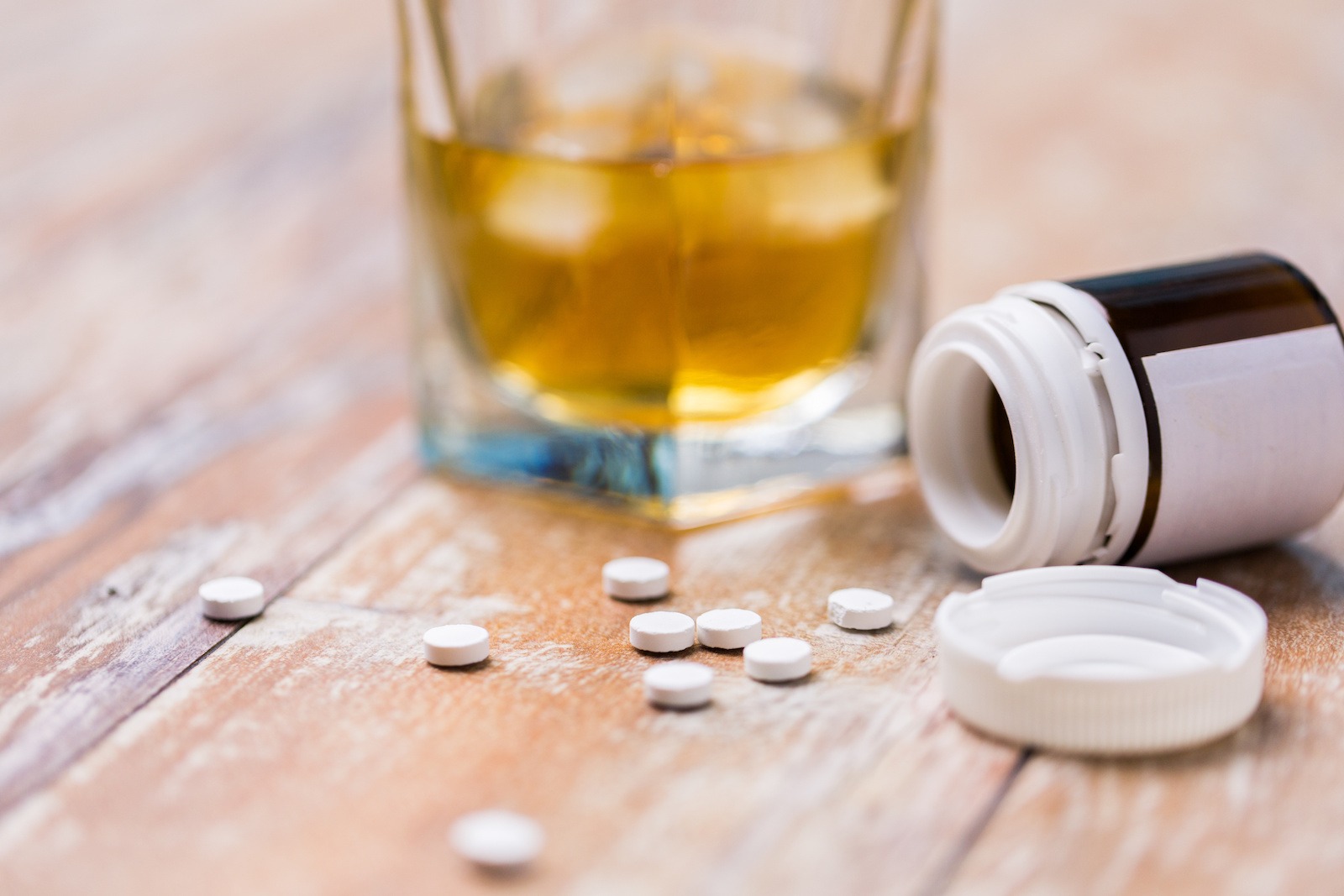In the realm of substance use, there exists a perilous path that many unwittingly tread: the act of mixing substances. Whether it’s alcohol with prescription medications, stimulants with depressants, or any combination thereof, the consequences can be severe. And, in some cases, mixing substances can be fatal. Here, we’ll touch on the myriad risks associated with mixing substances and why the risk is even higher for those who struggle with addiction.
Unpredictability and Risk of Overdose With Mixing Substances
When different substances are combined, they can interact in unpredictable ways within the body. One substance might potentiate the effects of another, leading to an amplified high or increased sedation. Conversely, they could counteract each other, resulting in diminished effects that may prompt individuals to consume more, inadvertently overdosing in the process.
Mixing substances significantly heightens the risk of overdose. For example, combining alcohol with opioid painkillers or benzodiazepines can depress the central nervous system to dangerous levels, potentially leading to respiratory depression, coma, or death. Similarly, mixing stimulants like cocaine or methamphetamine with depressants like alcohol can strain the heart and cardiovascular system, precipitating cardiac events or stroke. And with the rise in prescription opioid deaths over the last decade, getting educated may make all the difference.
What Are the Physical and Mental Health Effects of Mixing Substances?
Each substance carries its own set of health risks, from liver damage and cognitive impairment to respiratory issues and cardiovascular disease. When substances are mixed, these risks can be compounded, placing additional strain on vital organs and systems. Chronic mixing of substances can lead to long-term health consequences, including addiction, organ failure, and mental health disorders.
Furthermore, mixing substances goes beyond physical health effects. Substances alter brain chemistry and impair cognitive function, including judgment and decision-making abilities. Mixing substances exacerbates these effects, increasing the likelihood of engaging in risky behaviors such as driving under the influence, engaging in unprotected sex, or engaging in violence. These actions can have far-reaching consequences in the mental health sphere, affecting not only the individual but also those around them.
Addiction, Poly Drug Abuse, and Decrease in Quality of Life
Mixing substances can fuel the development of polydrug addiction, where individuals become dependent on multiple substances simultaneously. This complicates treatment and recovery efforts, as each substance may require a tailored approach for detoxification and rehabilitation. Many polydrug combinations are understudied, such as the relationship between heroin and cocaine, which may lead to further treatment issues. Polydrug addiction often involves complex underlying issues, such as trauma, mental illness, or social/environmental factors, further complicating the recovery process.
Engaging in the illicit mixing of substances can have serious life consequences including legal consequences like arrest, incarceration, and a criminal record. Even the misuse of prescription medications by mixing them with other substances can result in legal penalties, particularly if it leads to harm or injury to oneself or others. These legal ramifications can have lasting effects on employment, education, and personal relationships. Moreover, quality of life is determined by more than just drugs—a reality that may be hard to grasp for those in the thralls of addiction.
Examples of Dangerous Drug Combinations
The list below provides just a few examples of potentially dangerous substance combinations. It’s crucial to remember that any combination of substances can pose risks to health and safety, and individuals should always consult with a healthcare professional before mixing medications or substances.
- Opioids and Benzodiazepines: Opioids (such as heroin, oxycodone, and fentanyl) and benzodiazepines are both potent central nervous system depressants. Combining them increases the risk of respiratory depression and overdose. The combination can also heighten feelings of sedation and euphoria, leading individuals to consume higher doses of both substances, further increasing the risk of overdose.
- Stimulants and Depressants: Mixing stimulants (such as cocaine, methamphetamine, or MDMA) with depressants (such as alcohol or benzodiazepines) can place immense strain on the cardiovascular system. Stimulants increase heart rate, blood pressure, and body temperature, while depressants have the opposite effect, slowing these vital functions. The combination can lead to irregular heart rhythms, heart attacks, strokes, and even sudden cardiac arrest.
Examples of Dangerous Combinations with Alcohol
- Alcohol and Benzodiazepines: Both alcohol and benzodiazepines (such as Xanax, Valium, and Ativan) are central nervous system depressants. Mixing them can lead to severe respiratory depression, loss of consciousness, coma, and even death. The combined depressant effects on the central nervous system can cause breathing to slow to dangerously low levels, leading to hypoxia (lack of oxygen) and respiratory failure.
- Alcohol and Prescription Painkillers: Combining alcohol with prescription painkillers (such as opioids or certain muscle relaxants) can enhance the sedative effects of both substances. This can impair motor coordination, cognitive function, and judgment, increasing the risk of accidents, falls, and injuries. Additionally, both alcohol and opioids can cause liver damage, and combining them can exacerbate this risk.
- Alcohol and Antidepressants: Alcohol can interact with certain antidepressant medications, such as selective serotonin reuptake inhibitors (SSRIs), monoamine oxidase inhibitors (MAOIs), and tricyclic antidepressants (TCAs). These interactions can amplify the sedative effects of both alcohol and the medication, leading to drowsiness, dizziness, impaired coordination, and an increased risk of overdose or alcohol poisoning.
- Alcohol and Over-the-Counter Pain Relievers: Mixing alcohol with over-the-counter pain relievers such as acetaminophen (Tylenol) or nonsteroidal anti-inflammatory drugs (NSAIDs) like ibuprofen or aspirin can increase the risk of liver damage and gastrointestinal bleeding. Alcohol can enhance the toxicity of these medications, particularly in large doses or when consumed chronically over time.
Start Your Treatment Journey Today
The dangers of mixing substances cannot be overstated. From unpredictable interactions and increased risk of overdose to exacerbated health effects and impaired judgment, the consequences can be severe and far-reaching.
It’s imperative for individuals to educate themselves about the risks associated with substance use, seek help if struggling with addiction, and avoid the potentially deadly game of mixing substances altogether. Remember, your health and well-being are too precious to gamble with. To start your journey toward healing and recovery, get in touch with a professional at Heartwood today.




